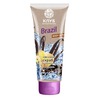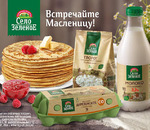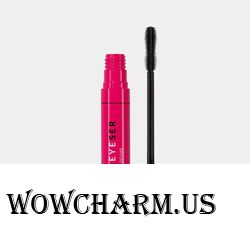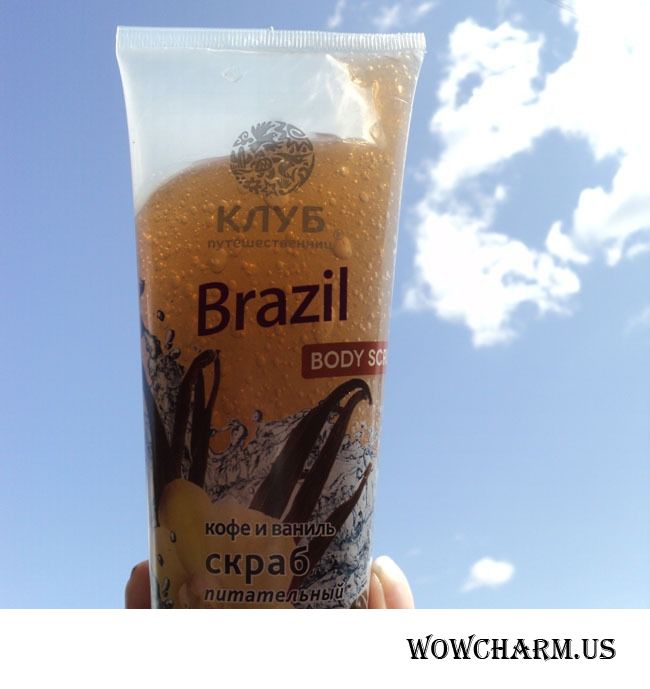
Why plastic in srubs?
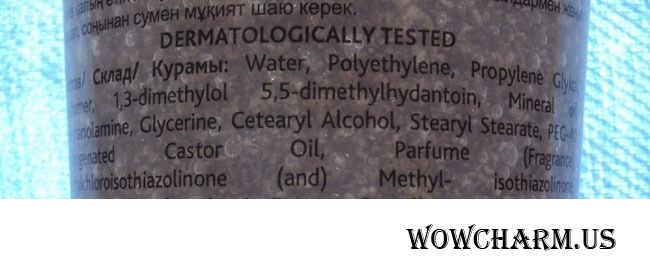
The second in list ingredient in this srub costs plasticity, or Polyethylene. Why it in srubs? It is not plastic in pure form, small plastic balls are microspheres or microgranules. Their diameter can be from 5 mm to 0.3 mm. Plastic microgranules became an alternative to natural abrasive parts. For example, such as the crushed skorlupk of apricot stones. They were pleasant to women and cosmetologists as do not injure skin, have a streamline shape and not rigid structure. But at the same time also effectively help to peel skin.
There is a lot of advantages at plastic microspheres. They are cheap, do not allow the producer to increase srub cost. Plastic is inert, that is is not chemically active, and it guarantees that skin will not be sensitive to these tiny granules. Microspheres of plastic, though are called microspheres, but not such tiny to get into a time and the more so in skin. And plastic is not toxic for our organism at all if to use it as abrasive material for srubs. These plastic microparts meet even in face treatments.
In general, many researches indicate that they for a body of the woman like to choose physical ex-volumes, but not chemical: a certain abrasive effect is important for a skin detox, it gives massage and improves a blood-groove.
However at polyethylene granules there are a lot of opponents. What it is not pleasant to them? Plastic microparticles found very large number of enemies among those who aspire to an environmentally friendly way of life and try not to pollute the environment. The matter is that plastic particles are not biodegradable material, unlike skorlupok from stones of an apricot, walnut, powder of a bamboo or rice. They just settle in our nature: ponds, seas, rivers. Ecologists consider that these granules harm life of microorganisms in reservoirs now, change all natural aura. Accumulation of plastic can result not just in the rivers, and in all inhabitants of the nature: in organisms of fishes, birds, animals. It can lead to disappearance of some types and their death. That is why recently luxury brands completely refused plastic microspheres (it clearly, their clients are able to afford means with more expensive components).
But by the end of 2015 in the USA representatives even of the budgetary brands, such as Johnson & Johnson, Unilever, The Body Shop, L'Oreal, Colgate-Palmolive, - undertook to refuse also plastic in the products of cosmetics.
There are such these plastic balls. And it seems the good thing, but in modern means shortly them will not be, it is irresponsible approach to our nature. I hope, as Magrav will find some more environmentally friendly alternative to these balls over time.
By the way, here they are these plastic balls in operation - these grains on skin and there are plastic microspheres:

What does it have to do with coffee and vanilla?
So, we already made one discovery in the list of ingredients. Now it is possible to analyse also the rest of the list. It is interesting too. And first of all, the fact that key components of a srub (vanilla and coffee) are present only at the end of the list: vanilla in the form of extract of fruits of vanilla, and coffee in the form of extract of leaves of coffee. Wow! A brown shade of a srub – the real blende, there are no coffee seeds here.In the same place, at the end of the list there are quite good and natural extracts: lavenders, green tea, are vitamin E (Tocopherol Acetate). In the middle of the list there are hydrogenated castor oil and also glycerin. But it is enough also ingredients with bad reputation: for example, such as mineral oil (oil processing product) and two acquaintances much preservative which almost always "walk in couple" (but if they one by one, then are even more undesirable) is Methylcloroisothiazolinone and Methylisothiazolinone.
Generally, on structure it is possible to call this srub a little not modern. Because of plastic and a product of oil processing in structure.
We investigate all qualities of a srub of Brazil

Big tube. These are 250 ml – and is what is necessary for a body. Here, look as far as it huge in comparison with a standard small tube of cream for the person.

Of course, I very much liked these weighed bubbles in a bottle. On a gleam they look perfectly! Also are motionless in a tube, do not mix up, it is such texture.
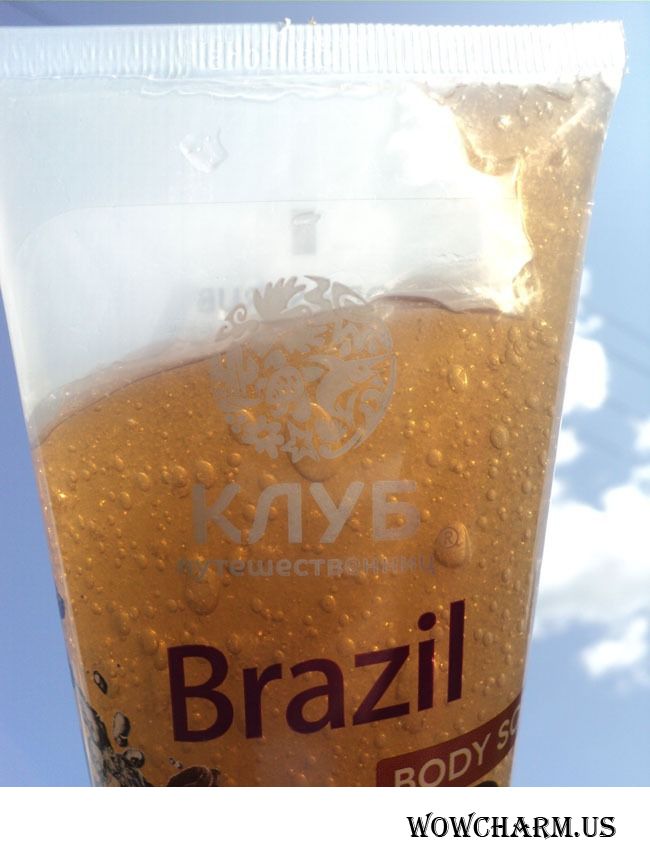
The cover is reliable, passes nothing. Opens easily - does not spoil nails.
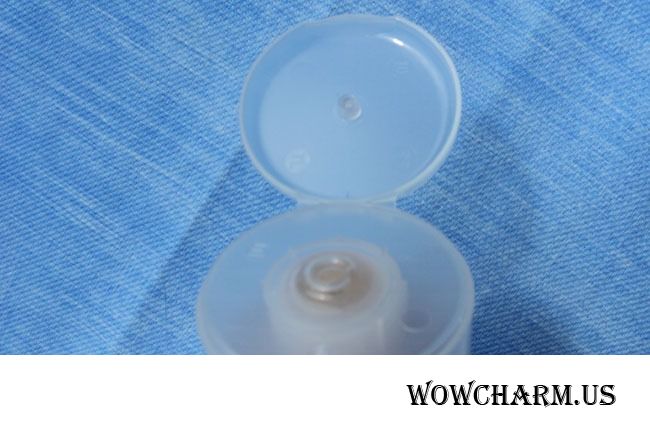
At expression of a srub we have here such dense jellylike substance – very beautifully everything looks, and there is a wish to apply to skin.
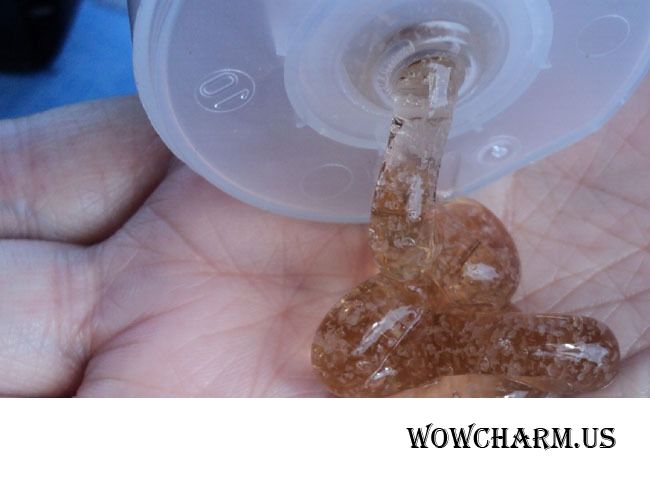
The srub should be applied to moist skin. It is distributed instantly, and on skin jelly turns in very pliable.

At distribution these plastic balls are felt at once. They mass skin, but will not wound it. Feelings are extremely pleasant: it is possible to rub quite intensively and not to be afraid of cuts or reddenings: balls are felt, but do not injure.
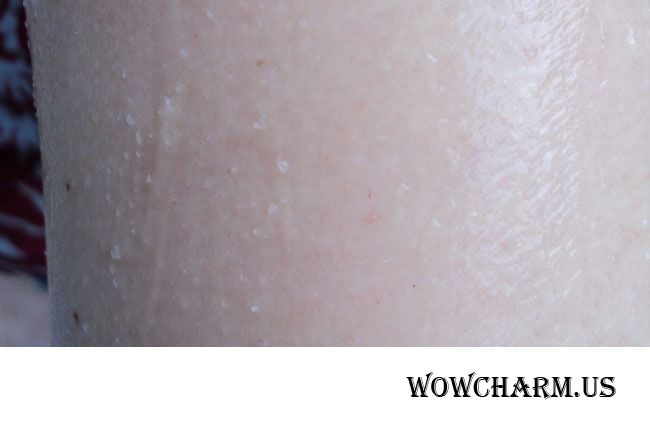
Disappointed a smell. There is no coffee in it! Well and from where to it to undertake if here only extract of leaves of coffee. Vanilla is enough. But I already had such aroma, and even cloyed a little: who used a vanilla series from Yves Rocher, I will be understood - it is very strong smell which accompanies you all day. And in a week there is a wish to get rid of this aroma stimulating appetite.
The srub easily is washed away, but some plastic parts linger on skin slightly longer, than to wash away all product therefore I advise more plentifully, than usually. Well, as a last resort, you will brush away this plastic a towel.
Skin after a srub is softened, it is felt. But in principle, after any cosmetic product with the content of the ingredients softening skin it will be softened. And to humidify after a srub after all I advise – it will not be worse.
In general, means, interesting on texture, with quite good ingredients, but for the following experience I will better look for some more modern alternative to this plastic ruining the nature.

